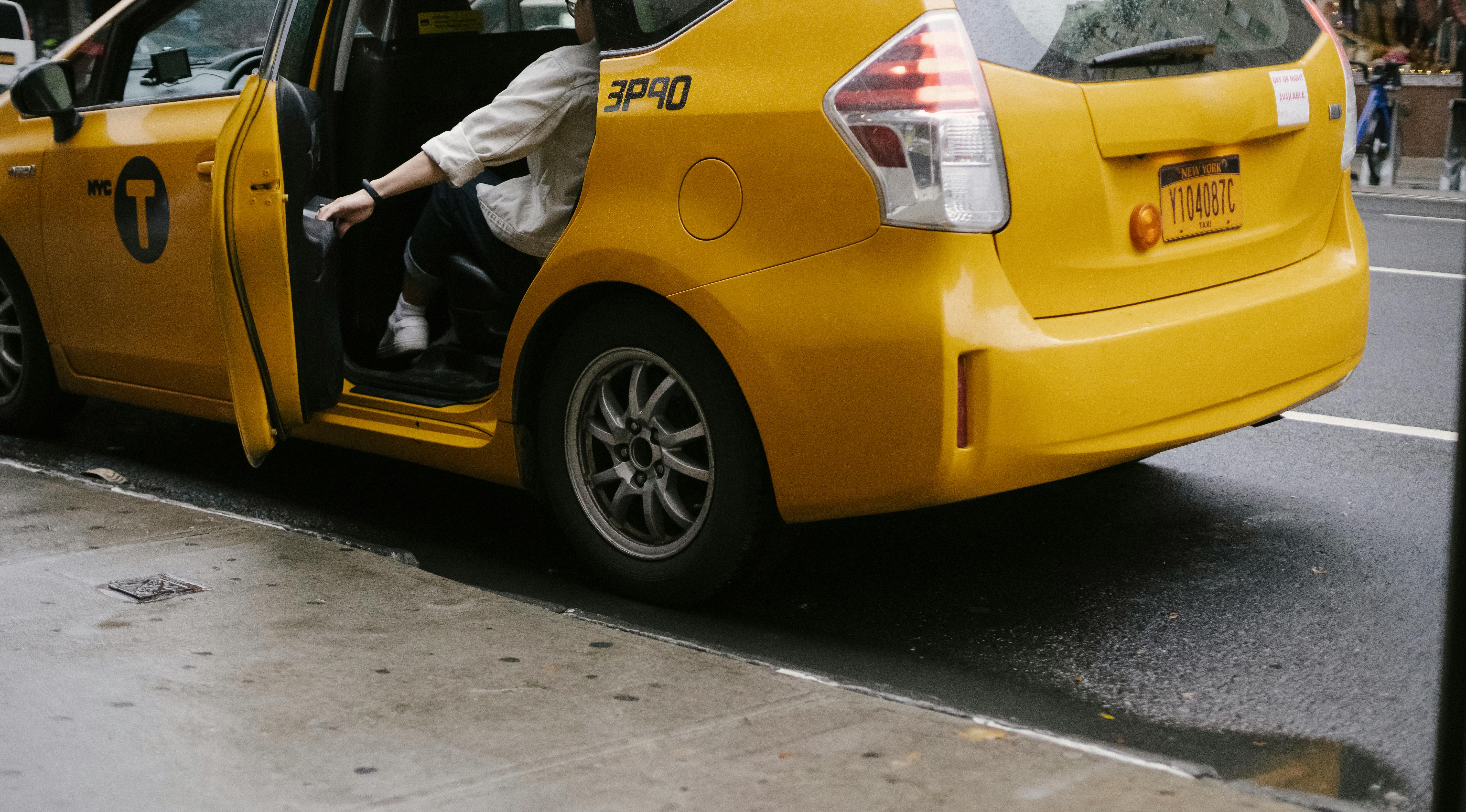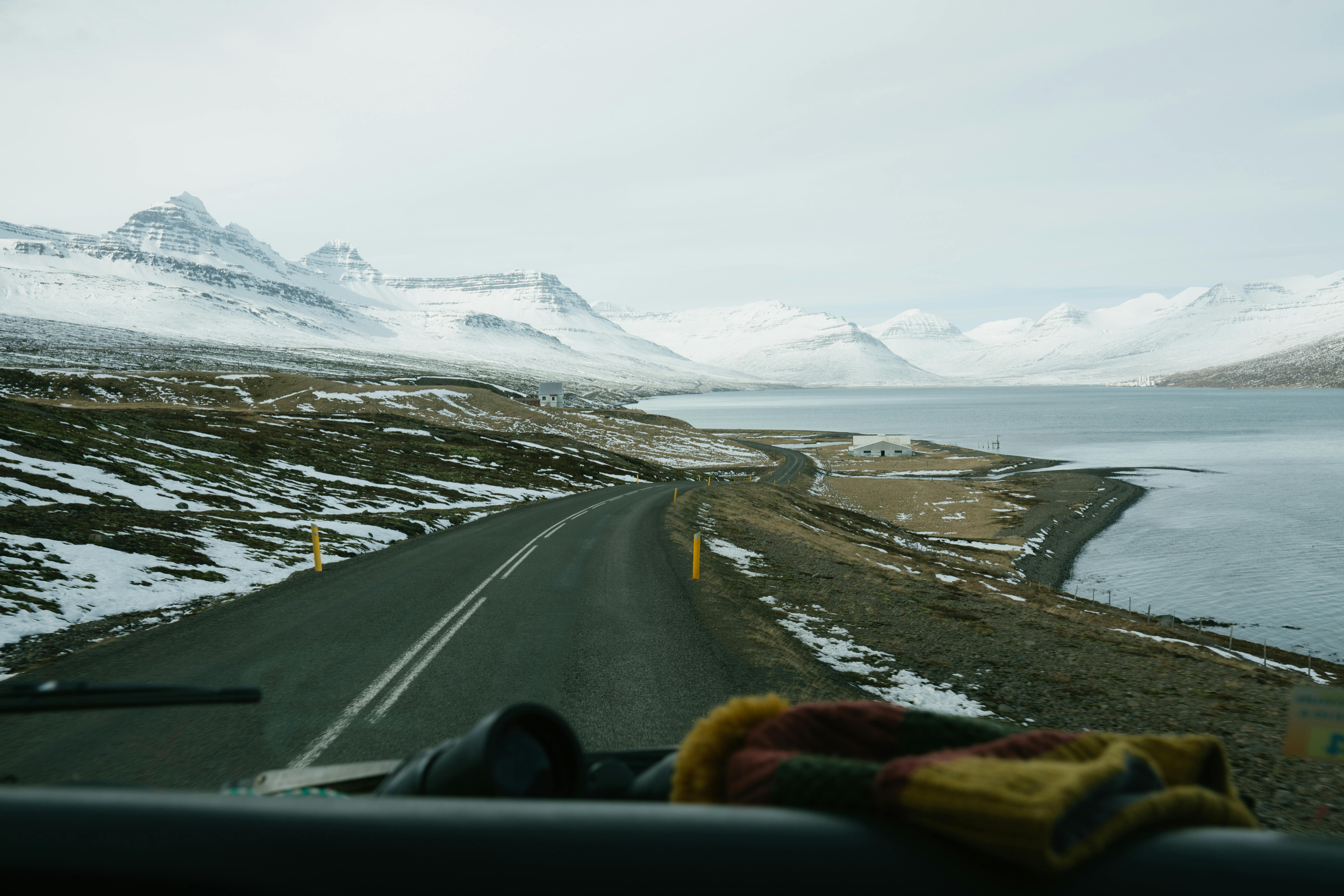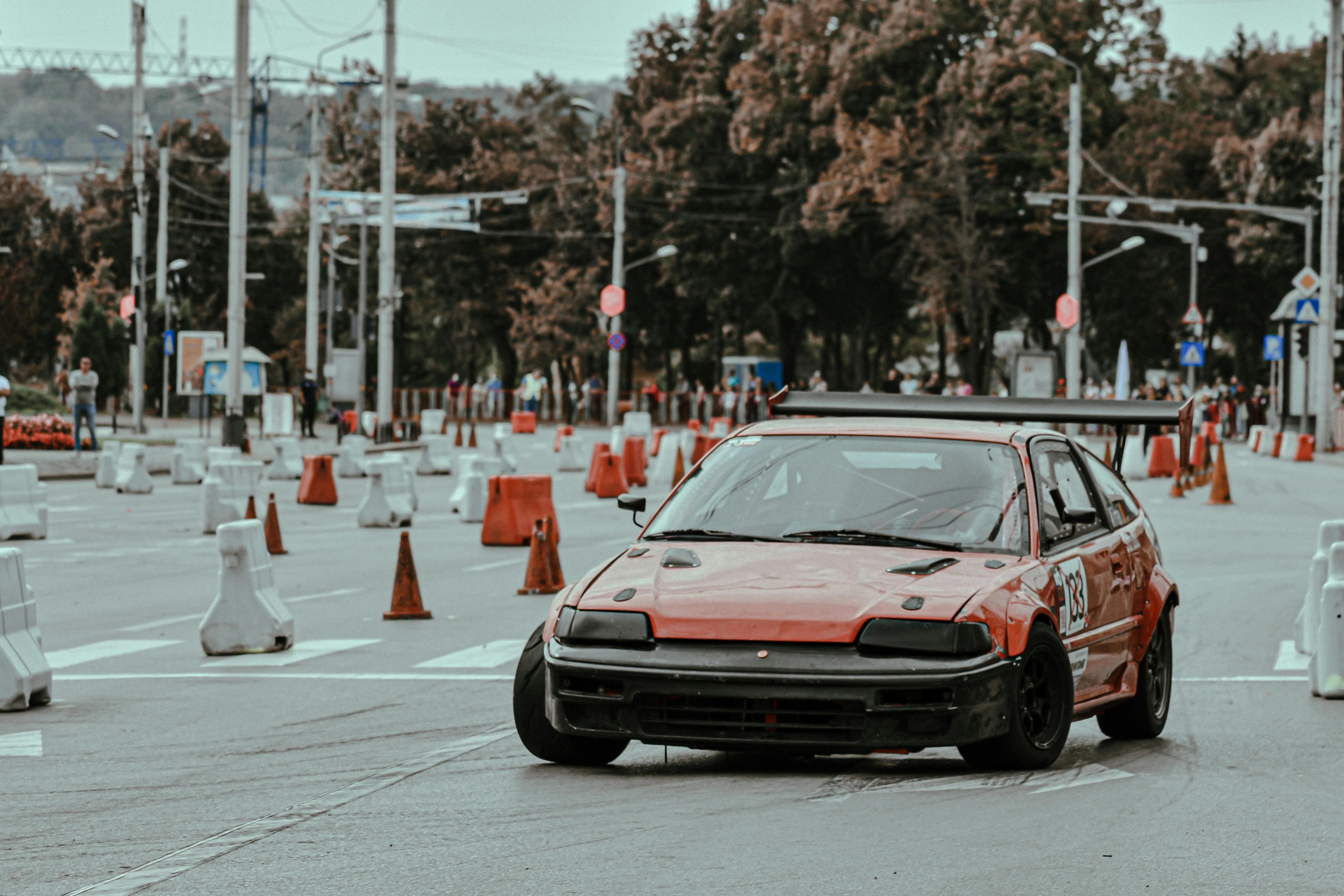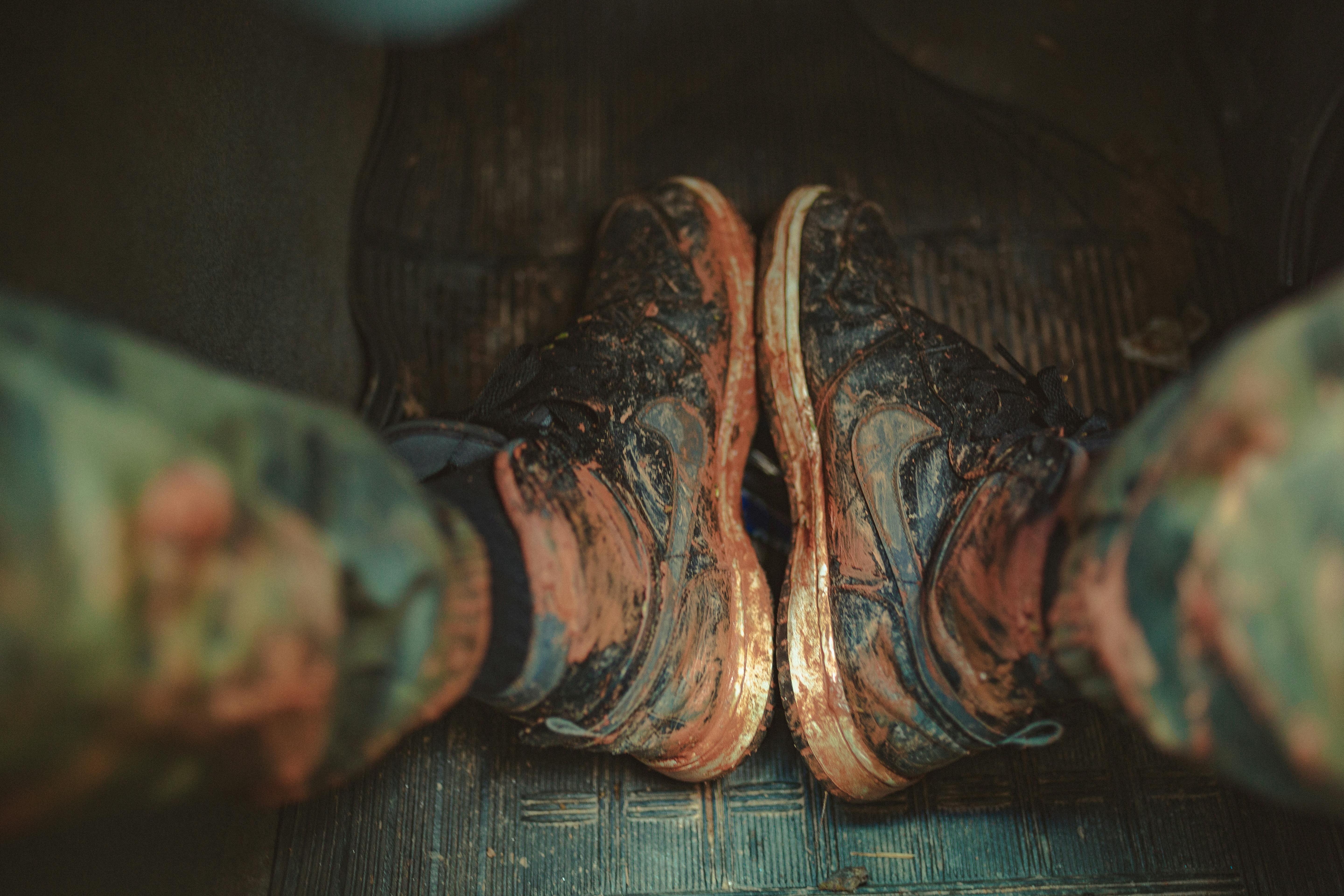Mathematical modeling involves creating a model of a real world system using mathematical techniques such as linear programming, differential equations, etc. When the system model has inherent uncertainty, simulation is used in addition to the mathematical model to represent a stationary or dynamic system (system in motion).
Adavus in BharathaNatyam (South Indian classical dance art form) represents a set of steps that do not imply expression (nrityam). So Adavus can be studied using mathematical models.
Tattu Adavu consists of raising the feet up and down so that one can hear the noise of the tapping.
The “sollukattu” (Tamil word translated into English as verbal pronunciation of beats) is performed in different tempos. There are also repeated movements of the feet on various counts, such as 4, 6, and 8.
The four tenses can be pronounced as tai,ya, tai,hi. If the four tenses occur in T(1), T(2), T(3) and T(4) where T(I) is the i-th instant of time in which the accompanying artist pronounces the tense.
The speed or tempo is given by T(2) – T(1), T(3) – T(2) and T(4) – T(3). Ideally, all of these time intervals should be the same. It may be the same if these beats are generated by machines. But when an artist plays these sounds or strikes, the intervals will not be uniform and will vary randomly. Such variations can be captured using simulation models.
If the full step of moving up and down the feet takes 30 seconds (say) at normal speed. It would take 20 seconds and 10 seconds in the second and third tempo. For example, if tai occurs at time 0, ya occurs at 13.5 seconds, tai is the 3 second timeout, and hi occurs at 30, the upward motion of the feet lasts 13.5 seconds, and the Downward movement lasts 13.5 seconds. and the waiting time lasts 3 seconds. A dancer and a vocalist cannot represent such a uniform movement with the accuracy that the mathematical model demonstrates and there can be variations.
The movement of the dancer or performer can be modeled by the position of the torso in space or the x, y, z coordinates, and the relative movement of the feet, legs, upper hand, lower hand, arms, head, wrist. neck and eyes relative to the torso.
For a sequence of Tattu Adavu steps beginning at time t = 0 and ending at time t = T, the equation of the feet at an instantaneous time t is given by the position of the dancer’s torso and the relative position of the feet. feet in relation to the Torso.
Since Tattu Adavu involves striking the feet and moving them upwards, the resulting movement of, for example, the toes can be modeled using algebra using the following discrete-time equations that result in step functions describing the movement. Differential equations cannot be used as they would represent a system that is continuous.
So, writing these Tattu Adavu equations as y = 0 at t = 0 y = h at t = T/2 and y = 0 at t = T where T is the time period of one heartbeat and h is the maximum height reached by a foot This can be fixed at 30 cm or can vary between 25 cm and 50 cm. This is the algebraic model of the 1st Tattu Adavu. In case a variation model is used, then the algebraic model used should be replaced by a simulation model.
The second tattu adavu or foot tapping with two beats per beat can be modeled as y = 0 at t = 0 y = h at t = T/4; y=0 at t=T/2; y=h at t = 3T/4; y= 0 at t = T.
If the locus of the feet is plotted for more points over the time interval, then the same equation can be described as y = 0 at t = 0; y = h/10 and t= T/10; y = h/9 at t = T/9 etc.
A dancer with natural movement will not be able to replicate the exact mathematical congruence of the height reached by moving feet with respect to divisions within the Sollukattu time period.
If one plots the actual movement of a dancer’s feet while performing ‘tattu adavu’ (translated in English as foot tapping), the resulting equation would be h = 0 at t= 0, y = 0.6h at t= T /2 and h = 1.1h at t = T etc.
These algebraic equations can be used to write computer programs that use graphs to model the movement of a ballerina’s feet. Therefore, some aspects of mechanical steps or adavus can be generated automatically based on the use of appropriate models to capture the movement of the feet.




